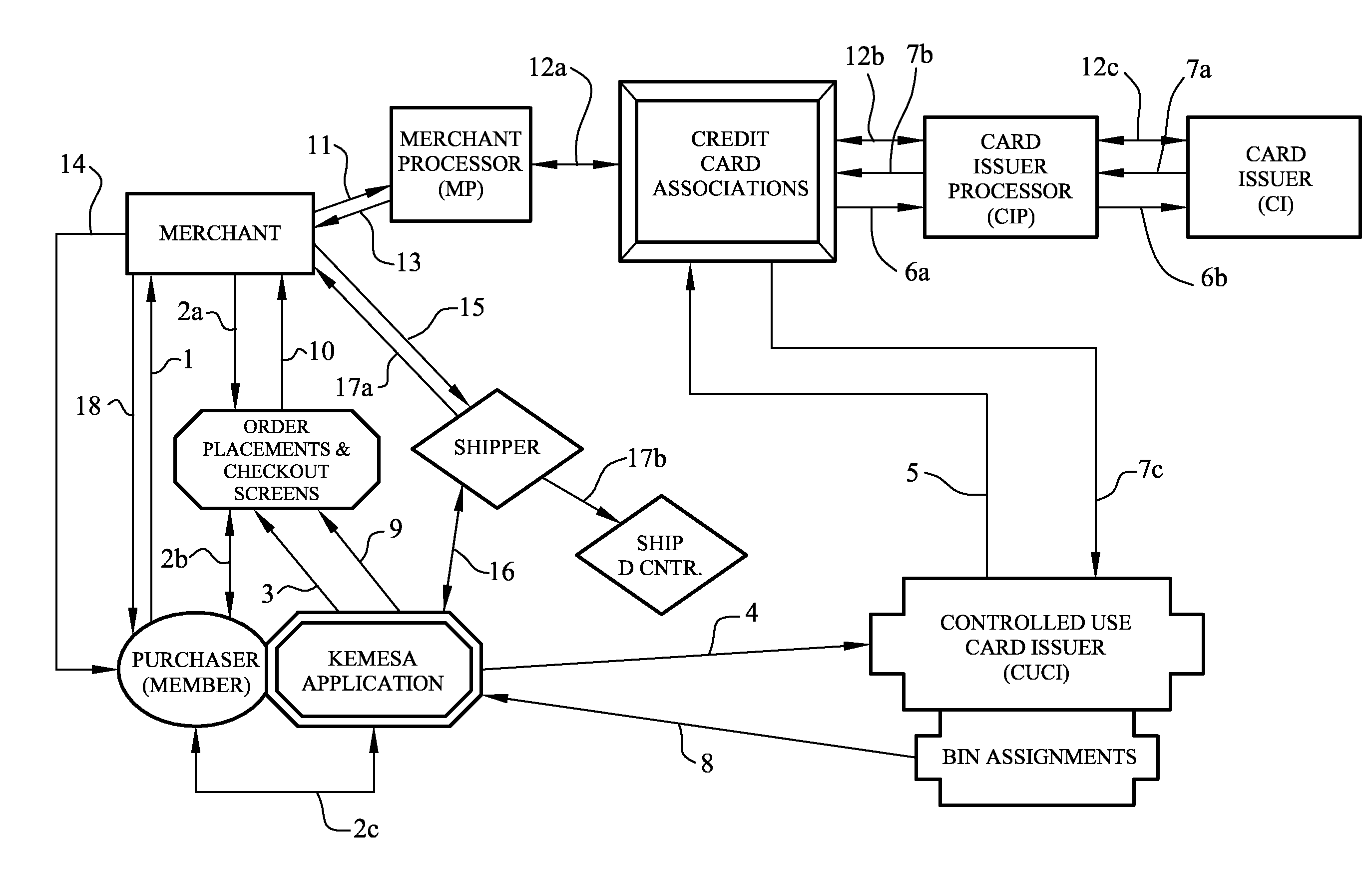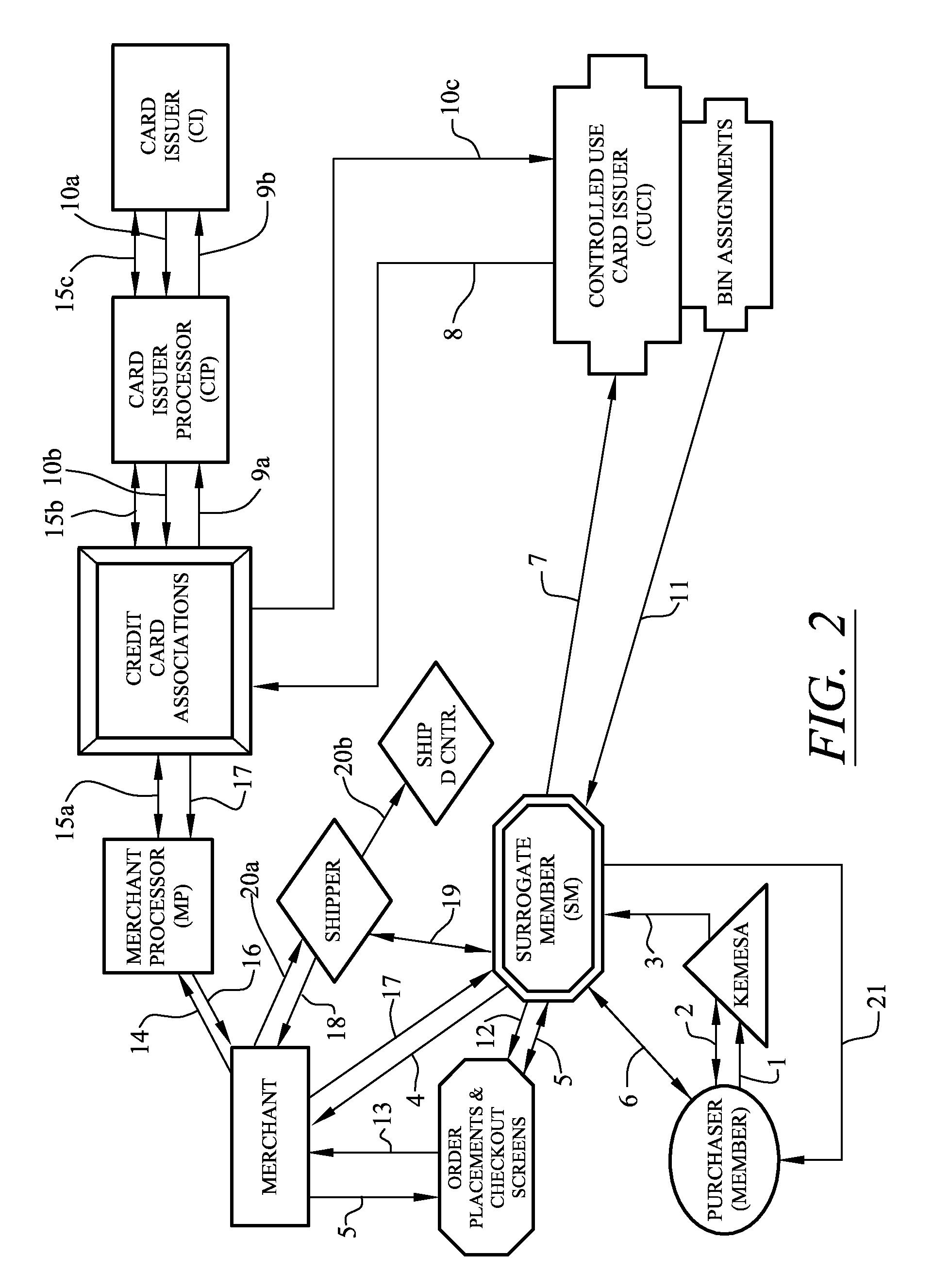Identity theft is one of the fastest growing crimes in the world, and is becoming increasingly sophisticated and difficult to prevent.
For people whose identities have been stolen, it can take months, and sometimes years, and thousands of dollars to correct the damage.
Until the problem is resolved, victims of
identity theft may lose job opportunities, be refused loans, and even get arrested for crimes they didn't
commit.
Additionally, criminals may open new
credit card accounts in the victims' names and then run up charges that they will never pay.
Identity thieves have also been known to open
bank accounts in victims' names and write bad checks on those accounts.
In other instances, criminals may counterfeit checks, credit cards or debit cards, or authorize electronic
bank transfers that drain the funds from a
bank account.
Theft of personally identifiable information from computers and online (e.g.
the Internet) environments is particularly problematic and widespread.
Database hacking typically involves theft of identity information of a large number of victims from a centralized storage source, such as a merchant or
credit card transaction processor
database.
In virtually all cases, such thefts have occurred from encrypted and unencrypted databases.
In many instances, theft of identity information from a central data storage location is a result of an “inside job” by an employee who may have authorized access to the
database.
In some instances, the employee may be lured into this criminal activity with payoffs from those who ultimately use the stolen identity information for their own monetary
gain.
Accordingly, the storage of personally identifiable information of a large number of individuals at a central data storage location is risky and renders such identity information vulnerable to theft by both “insiders” and outside hackers.
However, these various protection products do not enable a card user to make purchases with complete
anonymity.
Thus, transactions remain traceable to account information, and there is always a danger of theft of the user's personally identifiable information.
However, unlike the present invention, as described more fully hereinafter, the method and system in Carrott et al. fails to provide maximum user
anonymity throughout purchase transactions.
Further, the Carrott et al. system is not universally accessible in any respect.
For instance, the system and method in Carrott et al. does not provide for access to all credit card accounts of a user or other forms of
payment (e.g. bank accounts via direct debit or ACH, e-currency,
electronic funds transfer, etc.) and may not allow for use at all merchant websites.
Accordingly, the system and method in Carrott et al. is very limited in scope (i.e. not universal) and fails to fully protect theft of the user's personally identifiable information.
However, unlike the present invention, as described more fully hereinafter, the Flitcroft et al. credit card system and method fails to provide for maximum universality and user
anonymity.
For instance, the Flitcroft et al. system is limited to credit card
payment.
More particularly, the user of the method and system in Hogan et al. has limitations of use and method of payment (i.e. credit card payment only) and must provide their name, address, email address and credit card number when making a purchase or payment over a
computer network, such as
the Internet.
Thus, the method and system of Demoff et al. limits user access to only online merchants that have been pre-approved and registered with the system.
Moreover, the system and method of Demoff et al. does not provide for universal access to any form of payment, including all credit cards, bank accounts (via ACH or direct debit), e-currency,
electronic funds transfer, cash, or any other legal form of payment selected by the user.
Further, the system and method in Demoff et al. fails to provide for maximum user anonymity throughout the purchase transaction.
Despite attempts to provide for added security against fraud and
identity theft, all of these products, when used for “card present” transactions, have significant limitations, particularly with protection of user identity.
Additionally, since all credit card products do not require PIN entry at the point of transaction, they are easily used for fraudulent purposes if stolen.
 Login to View More
Login to View More  Login to View More
Login to View More 


